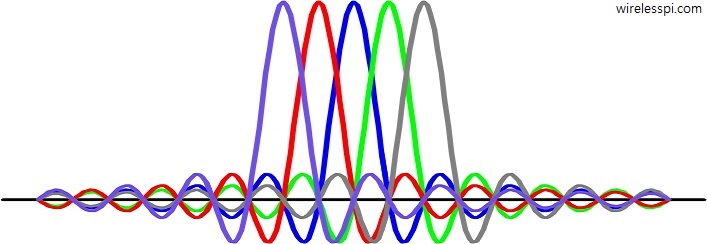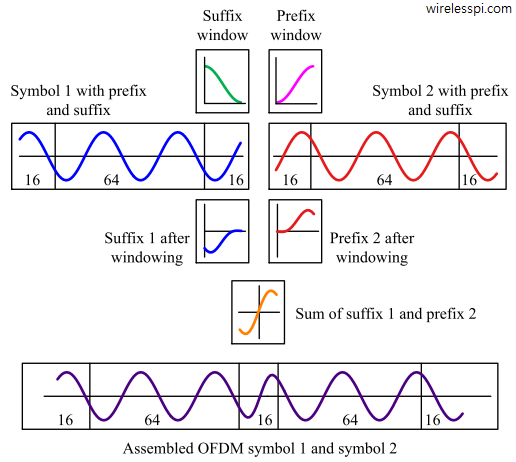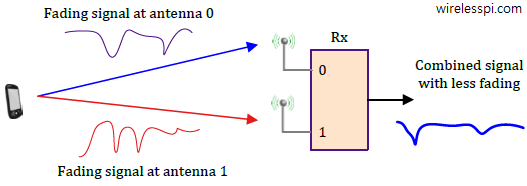Orthogonal Frequency Division Multiplexing (OFDM) is a technique of choice for many high rate wireless communication systems. An overview of OFDM for a DSP/wireless beginner was given in this article where visualizations of how OFDM slices the spectrum into multiple subcarriers for one user was provided in detail. Orthogonal Frequency Division Multiple Access (OFDMA) is an extension of OFDM for multiple users, i.e., it is a multiple access technology (like TDMA and CDMA from 2G and 3G cellular systems, respectively) in which the available spectrum is divided into multiple subcarriers that are shared among multiple users. This was the choice
Continue reading



